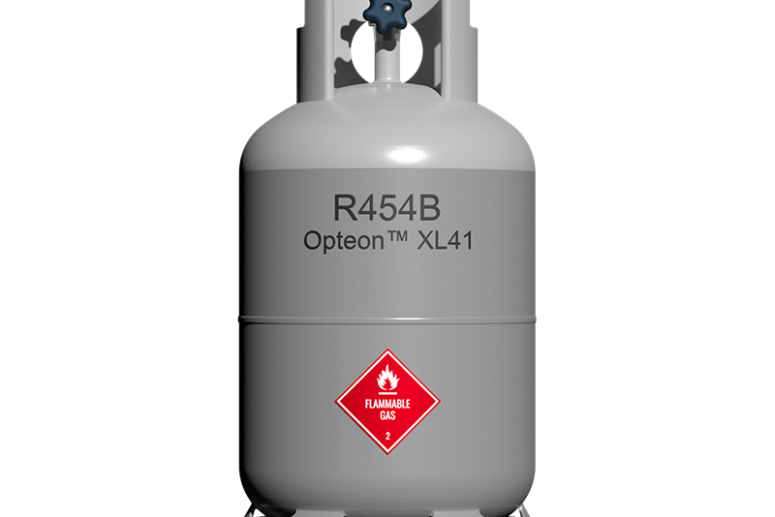
The cost of your next new home air conditioner could exceed $12,000, as federal regulations contribute to the escalating expenses of keeping cool. Prior to 2020, purchasing and installing a residential central air conditioner typically totaled less than $10,000, with many jobs falling within the $6,000 to $7,000 range—approximately half of today’s prices.
Various factors, including increasing material costs, have contributed to this surge, but regulations have played a significant role. In January 2023, the Energy Department implemented a new efficiency standard for residential systems, necessitating costly redesigns that inflated prices. It remains uncertain whether consumers will recoup these higher upfront costs through long-term energy savings.
The next regulatory hurdle comes from the Environmental Protection Agency, with a regulation set to come into force in 2025. This mandate requires air-conditioning equipment manufacturers to adopt new, environmentally friendly refrigerants, which happen to be mildly flammable. While safety concerns may arise among potential buyers, the primary issue is cost. Compliant equipment prices are estimated to surge by at least 10%, according to manufacturers.
Beyond equipment costs, transitioning to flammable systems necessitates additional technician training and installation steps, likely driving up labor expenses for installations and repairs. The prospect of steep expenses for new systems may prompt many homeowners to extend the lifespan of their current units, yet the growing regulatory burden remains unavoidable.
Even maintaining older systems is not immune to rising costs; refrigerant leaks demand recharges with increasingly expensive and sometimes scarce older-style refrigerants, hiking repair costs by $400 to $500 compared to just a few years ago. Inflation, along with escalating salaries for service technicians and increased vehicle and insurance expenses, shares the blame.
Despite concerning trends, federal regulators show no signs of relenting.
